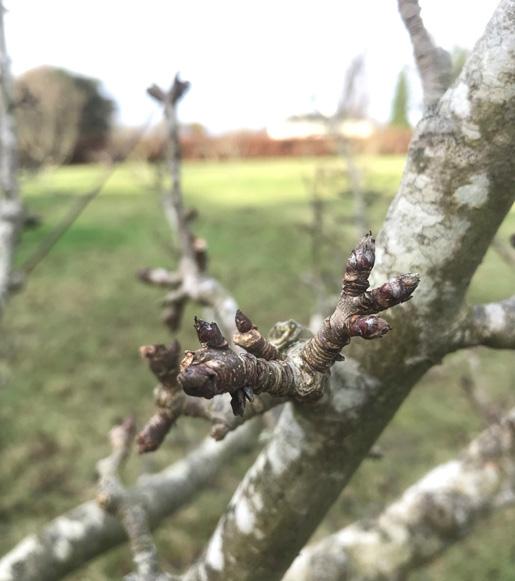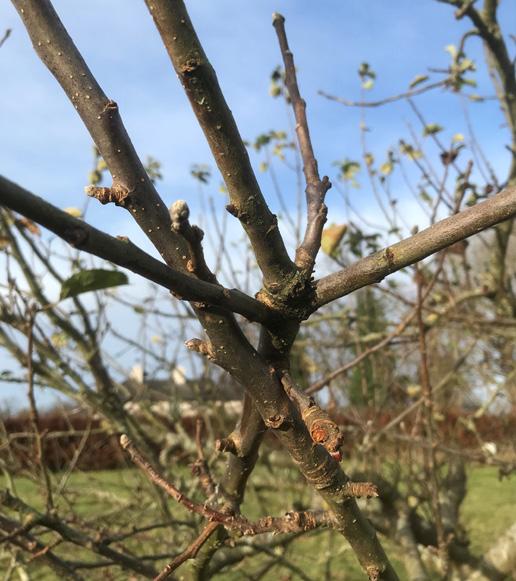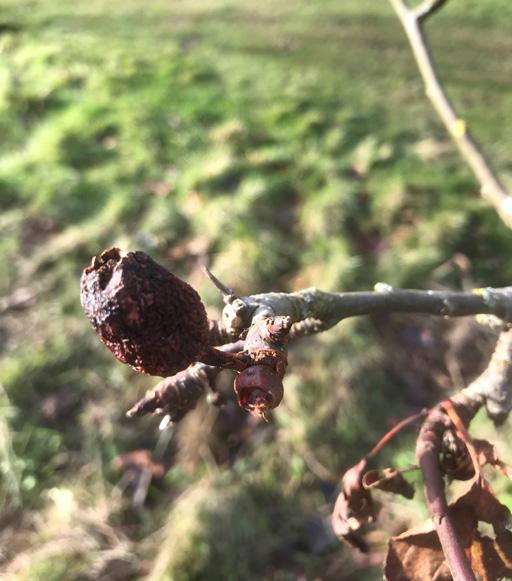
2 minute read
Gardening Notes
NATIONAL TRUST Gardener’s NOTES
Alex Wigley, Polesden Lacey’s Gardens and Outdoors Manager, writes
Advertisement
Home Farm Orchard at Polesden Lacey is a popular retreat for families in the summer. Children can visit the chickens and see the beehives and bug hotel while parents watch contentedly on the picnic benches. All the while, local and heritage apple varieties such as ‘Crawley beauties’, ‘Claygate pearmains’ and ‘Byfleet seedling’, are slowly growing ready for harvesting in the autumn, and eating in our café. In the winter months, we work on pruning the trees to ensure a bountiful harvest the following year. If you have tree fruit such as apples and pears at home, now is the perfect time for their main prune when dormant between November and March. This may be formative to help shape a younger tree, to stimulate fruit bud production on an established tree, or regenerative on a neglected tree. Formative pruning depends on the intended size and shape of the tree-whether you are aiming for an open-grown bush, or trained forms such as espaliers, cordons, or fans. Firstly, clean sharp secateurs and saws are essential, ideally cleaned between trees to prevent the transfer of diseases. Regardless of shape, for good crops, you are aiming to stimulate the tree to produce fruit buds rather than leafy vigorous shoots. On some tip-bearing varieties, this may be at the tips of growth, and on spur-bearing varieties, this will be at the base of last year’s growth or on short side spurs. Remove any diseased or damaged material, or crossing branches which are rubbing and any rotten fruit from last year. Good airflow is important to prevent diseases so thin out dense crowded growth which will also allow more light to reach forming fruit. By reducing the length of ‘leaders’ at the end of each growth by around a third, and side shoots to a few buds the tree will be encouraged to produce fruit buds. If you have a tip-bearing variety such as ‘Discovery’ or ‘Bramley’s Seedling’ then pruning should aim to replace a proportion of older branches each year by cutting them back to a new shoot near the truck to form a replacement branch.

Short fruit bud spurs Remove crossing branches Remove old rotten fruit









